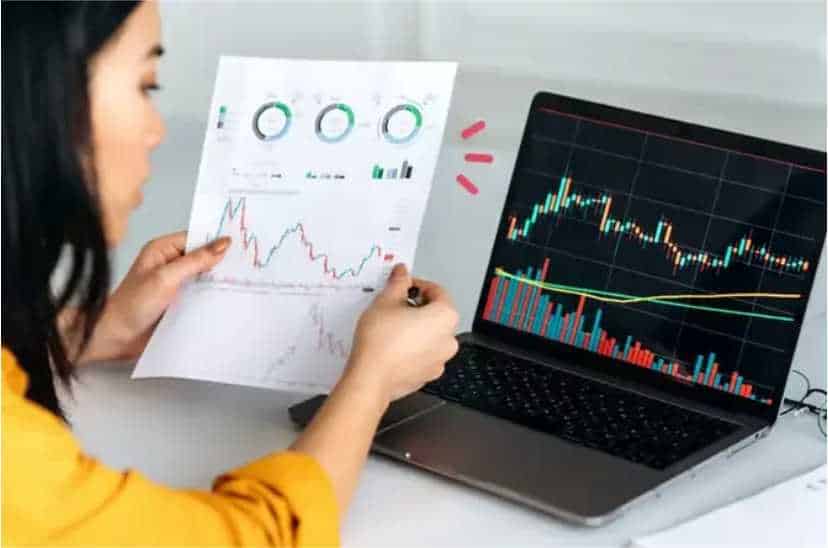Investing in the stock market can be a daunting task, especially for new investors who are just getting started. One of the most important things to understand is the difference between the primary market and the secondary market. In this article, we’ll define both markets and explore the key differences between them.
Definition of Primary Market

The primary market is where newly issued securities are sold for the first time. This is also known as the initial public offering (IPO) market. Companies typically issue new shares of stock on the primary market to raise capital for growth, expansion, or other corporate purposes.
There are two types of primary markets: the regular market and the negotiation market. The regular market is where securities are issued at a fixed price, while the negotiation market is where securities are issued at a negotiated price.
Definition of Secondary Market
The secondary market is where securities that have already been issued are bought and sold among investors. This includes stocks, bonds, and other types of securities. The secondary market is also referred to as the cash market, auction market, dealer’s market, or stock exchange.
There are several different types of secondary markets. The cash market is where securities are bought and sold for immediate payment and delivery. The auction market is where securities are sold to the highest bidder, while the dealer’s market is where securities are bought and sold through a network of dealers.
The difference between the Primary Market and the Secondary Market
Purchase Procedure
The primary market involves the sale of newly issued securities directly from the issuing company to investors. In contrast, the secondary market involves the buying and selling of previously issued securities among investors.
Price changes
In the primary market, the price of a security is usually set by the issuing company. This price may change depending on market conditions, but it is typically fixed at the time of the IPO. In contrast, the price of a security in the secondary market is determined by supply and demand. This means that the price can fluctuate significantly over time.
Purchase Time Period
In the primary market, the purchase of securities typically occurs during the IPO. This is a one-time event, and investors who do not participate in the IPO must purchase the security on the secondary market. In contrast, securities can be bought and sold on the secondary market at any time.
Transaction Results
In the primary market, investors who purchase securities receive newly issued shares directly from the issuing company. In contrast, in the secondary market, investors buy and sell previously issued shares among themselves. This means that the company does not receive any proceeds from these transactions.
Types of Buying and Selling Transactions
In the primary market, investors typically participate in the IPO by buying shares at the offering price. In the secondary market, investors can buy and sell shares in a variety of ways, including market orders, limit orders, and stop orders.
Additional Cost Rules
In the primary market, investors may need to pay additional fees, such as underwriting fees or registration fees. These fees are designed to cover the costs associated with issuing the securities. In the secondary market, investors may need to pay brokerage fees or other transaction costs, such as bid-ask spreads.
Conclusion
In conclusion, understanding the difference between the primary market and the secondary market is crucial for investors who want to participate in the stock market. The primary market involves the sale of newly issued securities, while the secondary market involves the buying and selling of previously issued securities. While both markets offer opportunities for investment, they differ in terms of purchase procedure, price changes, purchase time period, transaction results, types of buying and selling transactions, and additional cost rules. Investors should carefully consider these factors before making any investment decisions.